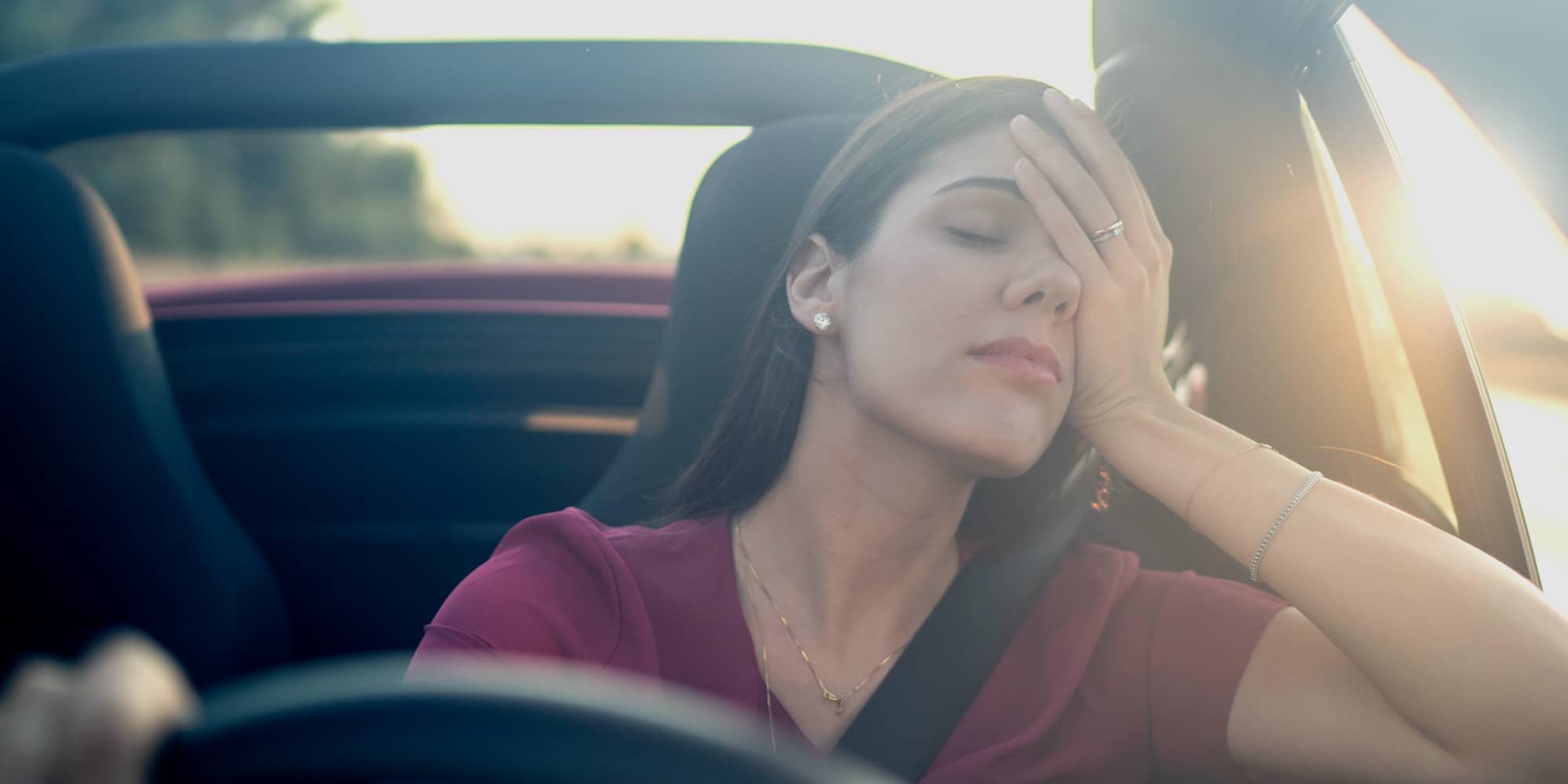Drowsy Driving vs. Driving Under the Influence

SleepFirst™: National Sleep Foundation’s Drowsy Driving Safety Campaign
Teenagers are at High Risk for Drowsy Driving Incidents
Any driver can become fatigued behind the wheel, but males under the age of 26 are in the highest risk group for driving drowsy. Drowsy driving can happen at any time, but it is most likely to occur between midnight and 6 am. It is important to inform yourself with the statistics, scenarios and the risk factors for drowsy driving.
The National Sleep Foundation advises that teens need between 8 and 10 hours of sleep per night. Less sleep can be a contributing factor to Drowsy Driving.
Is Your Teen Driving Drowsy?
Perhaps it is 6 am and your child is getting ready to get in the car and head to school. They have been up until 1am studying for their history exam.
Or maybe it’s midnight and your high school senior has gone out for pizza after the football game. They text you to let you know that they are on their way home.
You probably remind them to put their phone away while driving. You probably make sure that they are not driving under the influence. Make sure you also ask them if they are alert enough to drive. While parents are apt to concern themselves with making sure their teenager does not drive under the influence or drive distracted, it is equally important to make sure that they are alert enough to get behind the wheel.
Drowsy Driving vs. Driving Under the Influence
Drunk driving and drowsy driving are both extremely dangerous and responsible for a high number of vehicle crashes and fatalities each year. The consensus across traffic safety, and scientific and public health communities is that it is difficult to quantify the true number of car crashes caused by drowsy driving. A conservative estimate is 6,400 fatalities a year from drowsy driving.
It is easier to quantify the number of car crashes caused by drunk driving than by drowsy driving. It is considered alcohol-impaired driving by the National Highway Traffic Safety Administration (NHTSA) when one or more drivers has a Blood Alcohol Content (BAC) of .08 or higher. NHTSA reported drunk driving was responsible for 9,236 fatal crashes in 2019.
A clinical trial found that being awake for 17- 19 hours is comparable to having a blood alcohol content of 0.05%. Observations included decreased reaction time and hand-eye coordination. After longer periods without sleep, performance reached levels equivalent to a BAC of 0.1%.
Don’t Drive Drowsy or Drunk: Stay Safe While Driving
You can prevent drunk driving simply by not driving after consuming alcohol. Use a designated driver or a ride service. The best way to prevent drowsy driving is to get enough sleep. You can also use a ride service or ask someone else to drive if you do not feel alert.
If you do notice signs of drowsiness, pull over and take a 20 minute nap. Signs of drowsy driving are similar to signs of drunk driving and include:
- Heavy eyelids or frequent blinking
- Frequent yawning
- Drifting back and forth between lanes or hitting a rumble strip
- Missing signs or exits due to daydreaming
- Restlessness, irritability, and aggressiveness including tailgating
Avoiding both drunk driving and drowsy driving keeps everyone on the road safer and can reduce car crashes and fatalities.